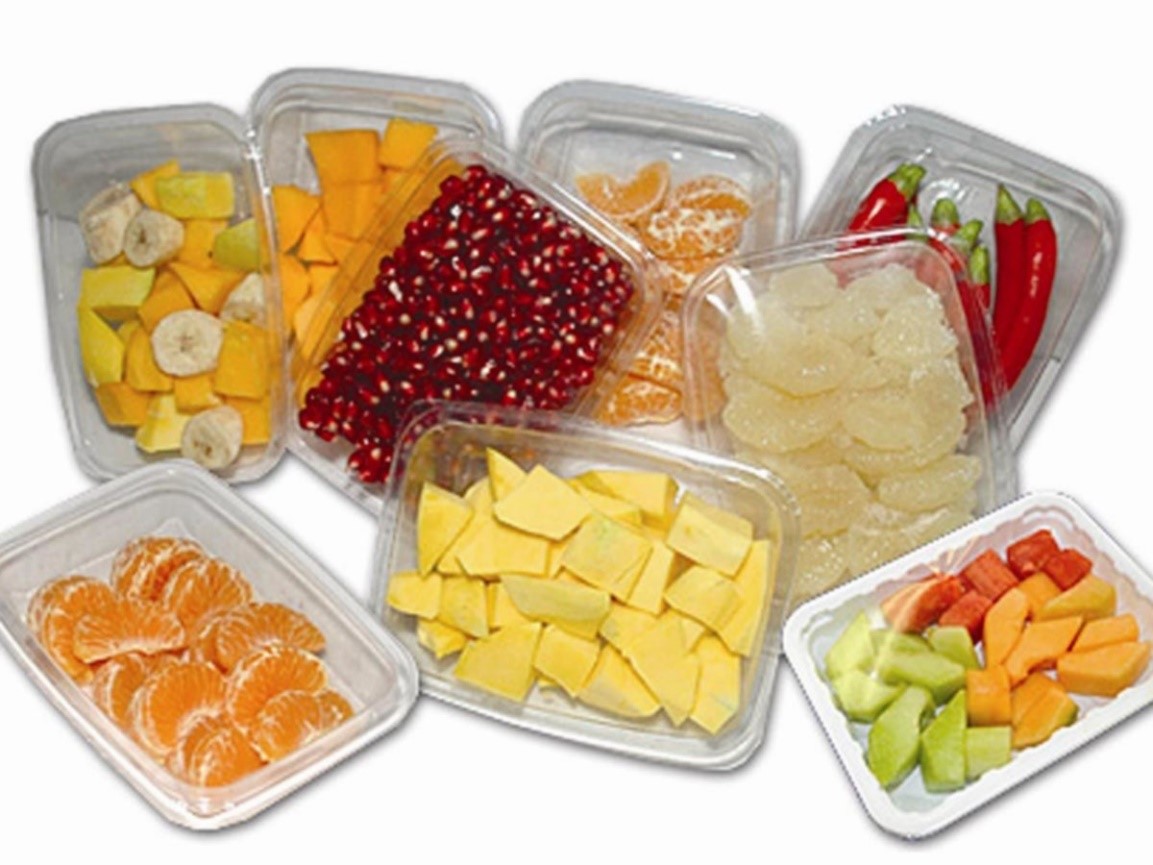
Modified atmosphere packaging (MAP) is a technique used to extend the shelf life of food products by altering the composition of gases within the package. It involves replacing the atmospheric air inside the package with a modified gas mixture that helps preserve the quality and freshness of the food.
To decelerate oxidation processes and thus, spoilage, the oxygen content within the package is reduced. Oxygen levels are typically lowered to around 1-5% and replaced with other gases such as nitrogen or carbon dioxide.
Nitrogen is an inert gas that helps displace oxygen and creates a low-oxygen environment, preventing the growth of aerobic microorganisms and reducing oxidative reactions. Packages are usually modified to a nitrogen-heavy composition for products like potato chips, nuts, coffee, and dried fruits.
Carbon dioxide is used in MAP primarily for its antimicrobial properties. It inhibits the growth of spoilage-causing microorganisms and helps maintain product quality. Carbon dioxide can also act as a pH regulator in certain food products. Packages are usually modified to a carbon dioxide-heavy composition for meat, poultry, seafood, and bakery products.
While reducing oxygen is a common practice, there are specific applications where higher oxygen levels are desired. High-oxygen MAP, also known as oxygen-rich packaging, is used for products like fresh-cut fruits and vegetables, salad mixes, and some types of seafood. Elevated oxygen levels delay the onset of browning and maintain the color and texture of the products.
Most often, a combination of gases is used to create the desired modified atmosphere. For example, a mixture of nitrogen, carbon dioxide, and oxygen may be employed to optimize the preservation of a specific food product. The gas composition and ratio depend on factors like the product type, desired shelf life, and sensory attributes.
Proper packaging design and gas composition are crucial to ensure food safety and maintain product quality throughout its shelf life.






